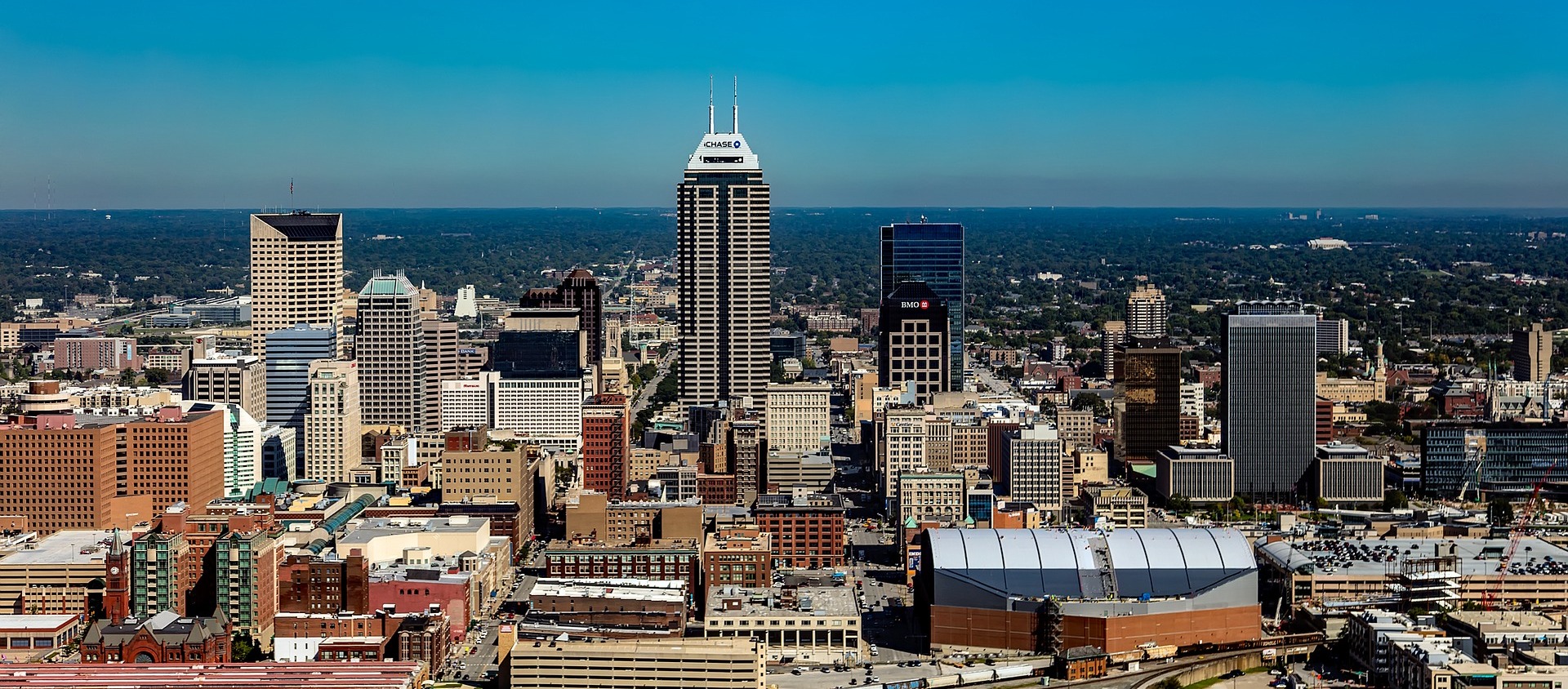Everything, Everywhere All At Once: The Industrial Transition and the US City

The United States' economic landscape has shifted significantly due to a confluence of global megaforces that have exposed national security and supply chain vulnerabilities, prompting leading to a renewed interest in reshoring, remilitarization, and decarbonization. In response, the US government is investing heavily in key sectors such as infrastructure, semiconductors, and national security. This investment is critical in enhancing the country's competitiveness in the global market. Notably, the government has allocated $1.2T for fostering physical infrastructure, $280B for bolstering the semiconductor industry, and $437B for clean energy infrastructure. The investments made have a common thread of a strong focus on manufacturing. As the manufacturing sector grows and expands, it will undoubtedly play a pivotal role in shaping the future of the American economy, driving prosperity and sustainable growth.
The shift towards advanced manufacturing capabilities in the United States is already showing promising signs, as demonstrated by a surge in private spending. These investments are not concentrated in a few select regions, but instead, are widely distributed across different areas in line with the current dispersed geography of production. This distribution of investments is a positive development as it ensures that a diverse range of regions benefits from the manufacturing boom. Moreover, the geographic dispersion of these investments optimizes supply chain logistics and increases the country's overall resilience and security.
However, the early market signals of this transition are already revealing challenging aspects:
-
Industrial sprawl: Major facilities receiving public funding from the top Public Private Manufacturing Deals in the last two years are emerging in suburban and rural towns. This leads to facilities being far from suppliers, universities, and other anchors.
-
Spatial Mismatch: Manufacturing jobs are dispersing away from city limits, a trend that will only continue as major facilities develop in suburban and rural areas. This leads to workers, especially minority workers, facing long commutes and training centers that are far from their communities.
-
Minority firms underrepresentation: The presence of minority-owned firms in strategic sectors is concerningly low, particularly for Black-owned businesses, which represent no more than 1% of all employer firms in construction, manufacturing, and utilities
-
Skilled workforce shortage: Manufacturers increasingly have difficulty filling middle-skill jobs. Without changes to the skills composition of the workforce, up to 2.1 million jobs could be left unfilled between 2020 and 2030,
As we move towards the future, it is crucial to acknowledge that the post-industrial city we have been planning for decades may no longer suffice. The emergence of new challenges and opportunities demands that we deliver the industrial metropolis that is necessary for sustainable economic growth. Cities have a critical role to play in shaping this transition, and they must ask themselves a series of questions to determine their industrial edge. Who is in their ecosystem, and what suppliers require urban-sized space? What are the land possibilities, and what is the innovation play? How can they address their workforce imperative, and what is their infrastructure strategy? Furthermore, cities must not forget the importance of small businesses, and they must seize every opportunity to create an environment that supports their growth. By answering these questions, cities can position themselves to succeed in the new industrial era and drive prosperity for all.